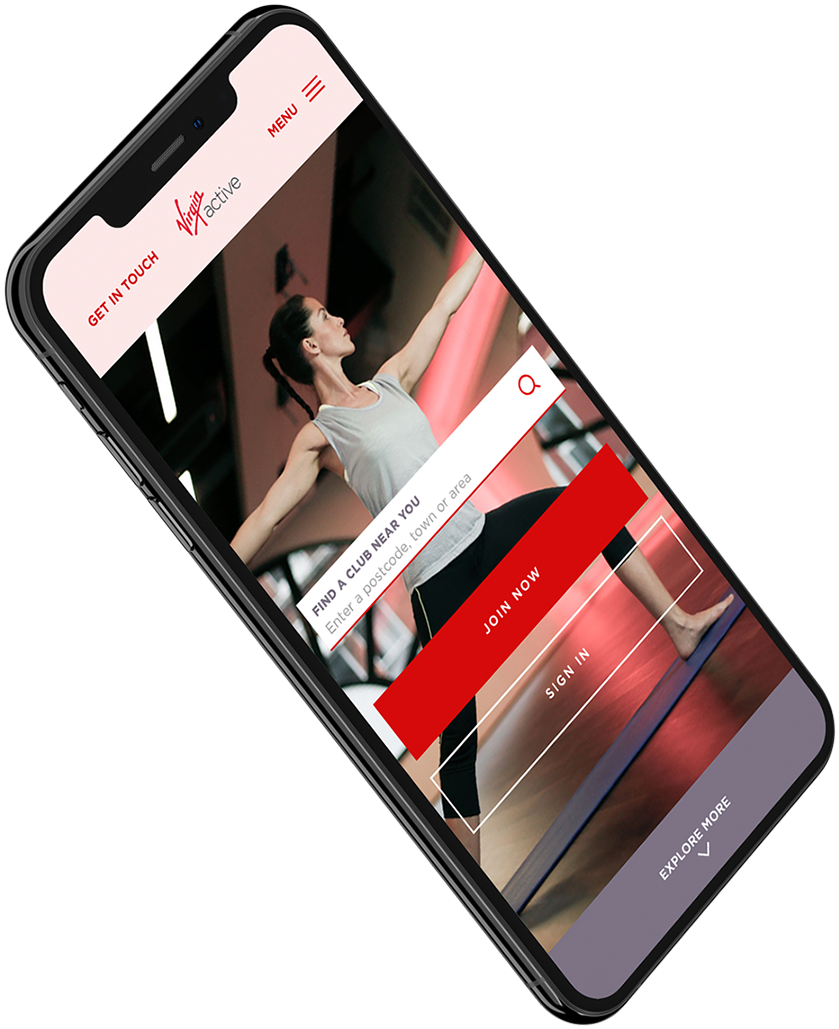As digital professionals, we all share a responsibility in ensuring our digital efforts are focused around the end user, whether it’s creating concepts for a new site design, or establishing what content should be displayed on the homepage, every stage of the digital journey needs to focus on the user’s experiences. From Strategists to Marketers (and all those in between) the focus of our efforts need to be shaped around how this affects the user’s experience with our digital products.
Think UX is just your designer’s responsibility? Think again.
When we think about the term user experience, or UX, it’s easy to associate it with design. A simple Google search returns dozens of results labelled with ‘design’, often giving the impression that UX is something only designers should be concerned with. Actually, the reality is quite different.

The bigger picture
Today’s digital landscape is a minefield of competitiveness, where for some industries, loyalty no longer exists. User frustration on site could be pushing your audience to hit that little red button at the top of their page, resulting in a lost opportunity with the user (or worse, the user decides to purchase with a competitor). Frustrations can range from simple, “I don’t understand how I buy this product” to, “this page is taking too long to load”, neither of which solely relate to design, but actually are part of a bigger digital picture, which incorporates other resource such as Marketing, Strategy, Development and Insights.
The different roles of UX
For different teams, their hand within UX will have different tasks. Marketing need to develop digital campaigns with the onsite user experience in mind to ensure they maximise MROI, and don’t end up with minimal conversions, high bounce rates and an extremely red face when the team has to explain what went wrong. This starts as simple as ensuring that the link a user clicks takes them to the right page, or that content is informative enough to help the user within their journey. Development need to ensure they build an eco-system which is robust enough to withstand high volumes of traffic, ensuring page load times aren’t excessive, which could result in user frustration. Design of course create beautiful UIs but also platforms which have a functional purpose, and are built around how the audience will use them, after all, just because something is beautiful, doesn’t mean the user’s going to notice that subtle CTA. Insights and Analytical teams need to mine for actionable data, using this to understand where in the journey users are having trouble, seeking out possible solutions which can make improvements to the experience. Combining this with user testing, allows Insight teams to gather a real life picture of why the data is pointing in a particular direction.
A shared responsibility
Here at Equator, UX is something we all share. The responsibility of UX rests on the shoulders of all our digital experts, meaning we all have a hand in delivering products that are not only visually stunning, but also amazingly functional. UX isn’t something we create, but rather, it’s a product of how we each approach our roles, ensuring our focus remains on delivering a site which engages with the audience, to help them achieve their objective quickly, and effectively as possible.
